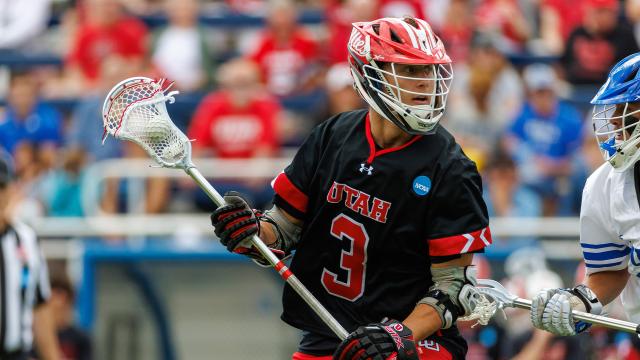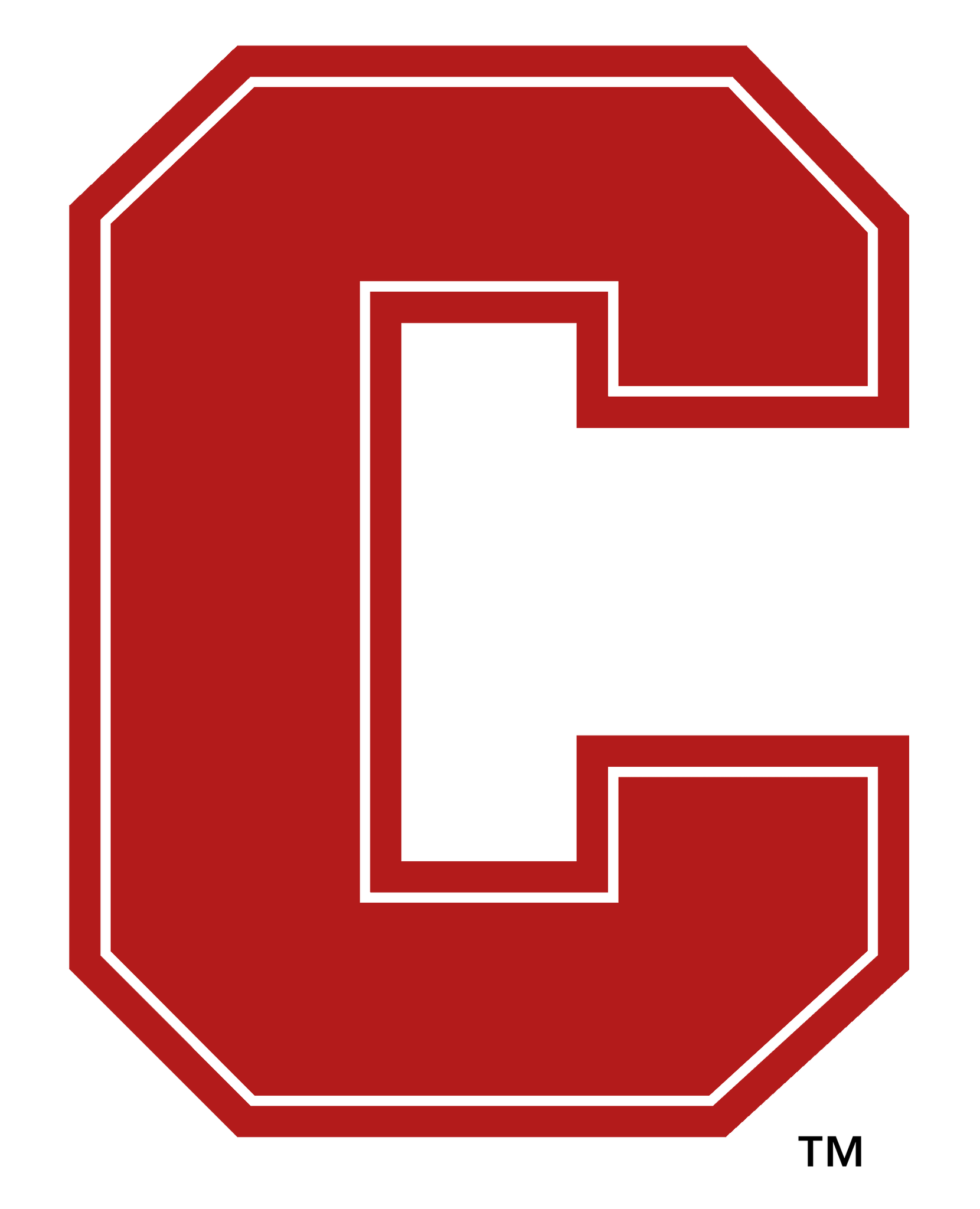

© 2025 USA Lacrosse. All Rights Reserved.

CJ Kirst is a two-time Tewaaraton Award finalist at Cornell, the 2022 U20 world championship MVP and a member of the 2024 U.S. Men's Box Training Team. The following story is in his words but told to USA Lacrosse Magazine’s Beth Ann Mayer.
The idea of playing to your strength isn’t new. It sounds obvious in theory.
But knowing how to get to your strength can be a different ballgame, especially for young players.
When I found my way to my strength — my left hand — I gained confidence. I knew what I was good at and learned to trust my own game. Most importantly? I came to enjoy lacrosse more and had fun with it, which is the goal at any level.
You can learn your strength by playing around in the backyard. Maybe, like me, you find you have a good hand or that your athleticism allows you to run all over the field and scoop ground balls. Perhaps it’s stick skills or dodging. Whatever it is, experience, train and you’ll find it.
Finding your strength is just the first part. From there, you need to find your way to it during game action — something you can also work on in the backyard and team practices.
Here’s how I get to my left hand.
As an attackman, I consistently find myself on the left wing — it’s where I look at the defense and gauge what they’re giving me. That’s where I’ve practiced the most.
I have certain moves I can do to get to my left hand from various points on the field. By knowing where I am on the field, I can go into these moves that open the door for me to play to my strength. While I play attack, this tip is crucial for midfielders as well.
Plot twist? This skill is something I had to learn at a young age when I didn’t need to shoot fast to be the best player.
As long as I could cradle the ball on that side and show the defense I was a threat, I could roll back, do a double-move or split-dodge to get to my strength. For me, that meant going to my right hand for a couple of steps, luring the defense to overplaying and then rolling back or split-dodging to get to my left.
Prepare for contact. Defenses will start to pick up on your strengths and tendencies, and the game will speed up as you progress. They’ll know you’re a righty or lefty and gameplan to defend you accordingly.
That means you’ll have to pivot. That’s where having two hands on the stick came in clutch. Ditto for cradling through contact.
The second defenses know you’re a threat, they’re going to slide to you and bring the double-team. Make sure to always have your eyes up so you can read the defense and know where your teammates are so you can pass.
Help them make the next play and one of you can get the goal.
Beth Ann Mayer is a Long Island-based writer. She joined USA Lacrosse in 2022 after freelancing for Inside Lacrosse for five years. She first began covering the game as a student at Syracuse. When she's not writing, you can find her wrangling her husband, two children and surplus of pets.




